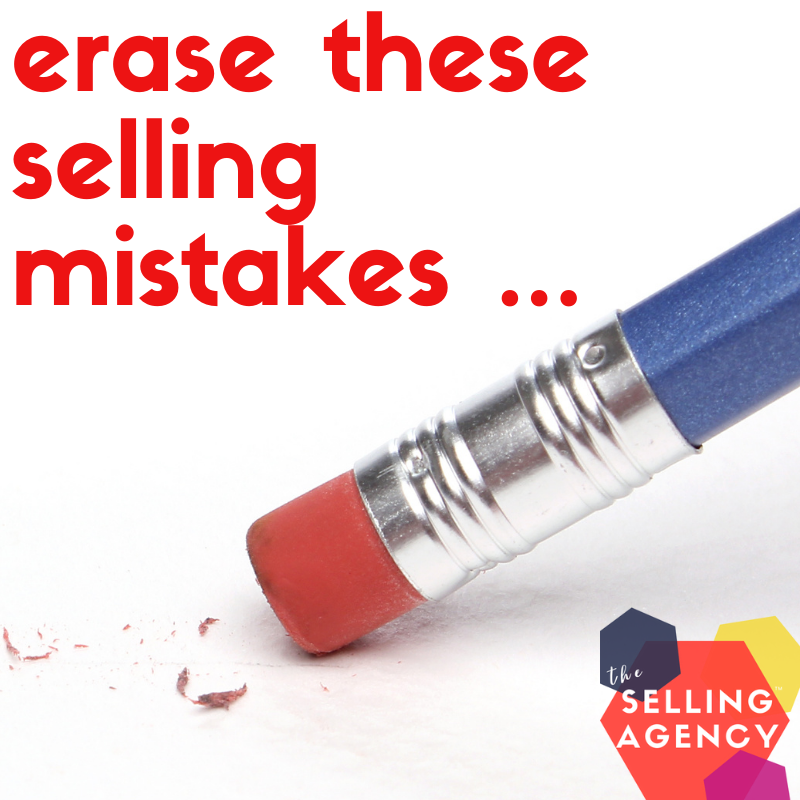Over these past few weeks, I’ve had strong reinforcements of my core beliefs about sales training:
Most of it needs to be, “Undone.”
I see proof every day that Sales Onboarding is upside down or backwards.
I see sales training that is hype, technique and manipulation-based vs skills focused.
Much of the current “well-known” sales training brands are still teaching out of date methodology (stuff that was old 10 years ago).
I don’t say these things lightly.
It comes from being a trainer and facilitator that actually gets “outside” the conference room with sellers – and into the trenches to see real-life selling in action.
It means hours of skills practice scenarios (formerly known as “role-playing”), listening to prospecting calls, tagging along in meetings, and yes, even knocking on doors next to sellers as some types of products still require those raw knuckle cold calls (put me in, coach!).
Most importantly, it also includes talking to buyers, surveying decision-makers, and listening to every-damn-sales-call I ever receive.
Stepping back and evaluating all my turns as a “Prospect” – I’ve found two recurring themes from more seasoned sellers that without a doubt, trigger me to shut down and look for an exit in the conversation.
Here are THE TWO biggest prospecting turnoffs – sending your buyer into defensive mode:
Manufactured Empathy: Using my name with some sort of validating or empathetic phrase, such as …
“I can appreciate that, Shawn.”
“Sure. That’s reasonable, Shawn.”
“I understand, Shawn.”
And then, there’s a BUT.
“But if you’ll just give me a few moments of your time.”
“But I think you’d agree that …”
“But I can demonstrate that …”
It’s not true empathy. You’re not telling me that you understand, or you agree with me. It’s simply a sign that you’re going to try to pivot after I’ve given you some pushback. It’s your signal to zag after I’ve zigged. And I know it.
If you’ve been in a purchasing role or a decision-maker long enough, when you hear your name, you get ready for the “But” or rebuttal. And, I can tell you that “but” undermines everything you just said. The actual definition for this tiny conjunction is, “used to introduce a phrase or clause contrasting with what has already been mentioned.”
Making the previous statement false.
False, or manufactured empathy might seem like a good way to pushback to pushback to keep yourself in the game. It, however, has quite the opposite impact and can set your prospect on edge.
Singular Acceptable Outcome. Backing your prospect into a corner.
This one is the result of sales training that does NOT reflect how the prospect feels in the situation. The technique’s premise is to get the buyer on board and takes practice to keep steering the conversation back to the singular outcome.
Here are the problems I see with this tactic:
One, it makes me, as the buyer, feel uncomfortable – like I’m being squeezed or cornered. Perhaps even more than uncomfortable, I feel trapped and annoyed and I start looking for a way out of the conversation.
Two, as a seller, you’re missing SO MUCH information if you’re driving to this one point.
I started putting this together when running through call scenarios with sellers and kept feeling like they were trying to force me into a corner to agree with them, meet with them, listen to them, et cetera.
It did NOT sit well with me and I kept hearing it over and over – especially combined with Manufactured Empathy.
Driving to a Singular Acceptable Outcome is shortsighted and closed thinking. There is so much more information you could gather (think prequalifying during the call): the buyer could give you insights as to how to sell them, who else might be involved, what their pressing priorities are, or the status of relationships with current vendors.
I threw all sorts of clues into my end of the skills practice conversations and most of those clues were completely run over because the seller was only considering one acceptable outcome.
They missed some key opportunities to advance the conversation AND, I found it annoying.
If you’ve been trained to use these two tactics in your prospecting or business development efforts, you’re probably going to need to “untrain” yourself.
There are much better ways to demonstrate empathy and understanding and actually LISTEN to your prospects to move the opportunity or conversation forward.
Until next time, stop hoping and start SELLING!
-sks
PS – You’ll notice – I didn’t give you all those answers here. Why? It takes practice and lots of it. AND, it is VARSITY level skills building. Pushing back to pushback, skillfully handling objections, and negotiating best possible outcomes is a competitive advantage I help my clients achieve with our proprietary Skills Building course.
If you’re serious about leaving behind outdated sales training that puts your prospects on the defensive, let’s talk about building Pushback, Objections, and Negotiation Skills that leverage biology, psychology, and sociology to advance conversations and improve outcomes. We leverage our very human thoughts, feelings, and behaviors to achieve remarkable results!










